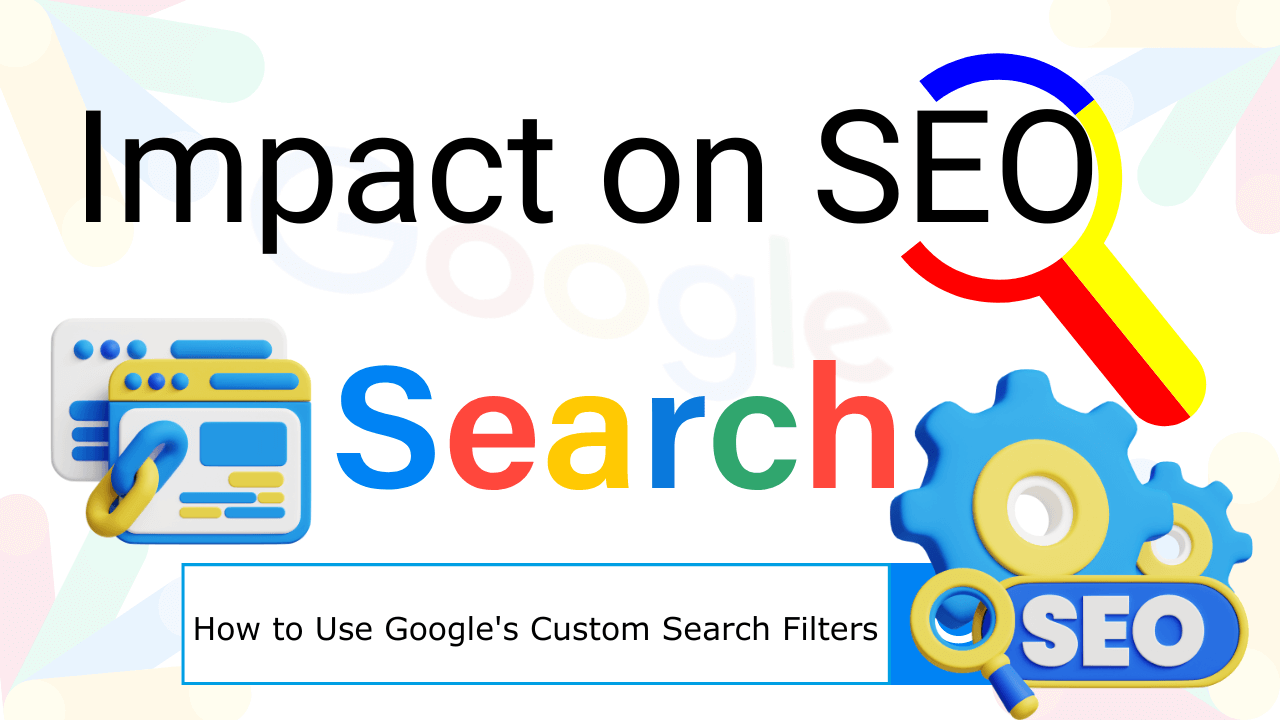Are you looking to create an effective SEO content strategy to boost your business’s website traffic, build brand recognition, and generate leads? Then you’ve come to the right place. In this blog post, we’ll provide you with seven tips for creating an effective SEO content strategy that can help your business achieve its goals. We’ll discuss how to create engaging content, optimize it for search engine rankings, and use analytics to measure the success of your content strategy.
1) Know Your Target Keywords
When creating a content strategy for SEO, one of the most important steps is to identify your target keywords. Keywords are words and phrases used by potential customers to find your website. By researching and understanding what keywords people use when they search, you can optimize your content to attract them to your business.
To determine your target keywords, start by researching what words and phrases people type into search engines when looking for a product or service like yours.

You can use tools like Google Ads Keyword Planner, SEMrush, and Moz’s Keyword Explorer to identify the most relevant keywords for your business. Once you have identified the keywords you want to focus on, create content that targets those terms to increase your visibility in search engine results.
When crafting content around keywords, be sure to avoid “keyword stuffing” or using too many keywords in one piece of content. Instead, focus on using the right amount of keywords in the right places, such as in headlines, subheadings, body copy, and image alt tags. With a well-planned content strategy for SEO, you can ensure that your target audience finds your website more easily.
2) Conduct Competitor Research
Conducting competitor research is a crucial step in creating an effective SEO content strategy. By understanding your competitors’ content marketing and SEO strategies, you can gain valuable insights into how they approach their content creation process. This will enable you to identify any areas where you may have the potential to outperform them.
When analyzing your competitors’ SEO content strategies, look for key indicators such as how often they are publishing new content, what type of content they are creating, and how well their content is performing. Look for patterns in their content that you can use to create similar, but better, content. You can also use competitive intelligence tools to track keyword rankings and measure changes in search engine rankings. This can give you an idea of which topics are performing well and which ones need more attention.

In addition to tracking your competitors’ SEO content strategies, you should also analyze the topics they are covering, the format of their content (blog posts, videos, etc.), and the types of engagement their content is getting. This can help you create more successful content that will be seen by more people and draw more engagement.
By conducting thorough competitor research, you will gain valuable insights into how to create a successful SEO content strategy for your business. With this knowledge, you can create better content that will help you outrank your competition and achieve your desired business goals.
3) Understand Your Buyer Personas
When creating an SEO content marketing strategy, it is important to understand who your target audience is and what their needs are. Your buyer personas are a representation of the different types of customers you have and can help you create content that appeals to each of them. It is important to understand what motivates these buyers, what problems they have, and how your content can help them solve those problems. To create an effective content SEO strategy, you need to create content that speaks directly to each of your buyer personas.
Researching the demographics of your buyers is the first step in understanding who they are and what type of content will best serve them. You should also look into their interests, values, and goals. This information can help you create content that is tailored to each of your buyer personas, allowing you to create content that speaks directly to them. Additionally, it can help you identify topics that will be more likely to engage them.

Once you have identified your buyer personas, it is important to focus on creating content that will meet their needs. This includes content that is engaging, informative, and relevant to their interests. Additionally, you should focus on optimizing your content for SEO to ensure it is visible to the people who are searching for it. Doing so can help you drive more traffic to your website, build brand recognition, and generate leads.
By understanding your buyer personas and creating content that meets their needs, you can create an effective content SEO strategy that helps you achieve your business goals.
4) Create compelling Title Tags and Meta Descriptions
Creating effective title tags and meta descriptions is an important part of any SEO content strategy. Title tags and meta descriptions are used to provide a summary of your web page’s content. They help search engines understand the purpose of your page and are often the first things that users see in the search engine results page.
The key to creating effective title tags and meta descriptions is to ensure they are relevant to the content of the page and incorporate your target keywords. This helps search engines determine if your page is relevant for the search query and can help improve click-through rates from the SERP. To maximize their effectiveness, make sure your title tags and meta descriptions are engaging, concise, and include actionable language.
In addition, be sure to include variations of your target keywords in your title tags and meta descriptions as this will help you rank for more search queries. For example, if you are optimizing a blog post on content marketing strategies, you might use keywords such as “content marketing seo strategy” or “seo content marketing strategy” in your title tags and meta descriptions.
By following these tips, you can create compelling title tags and meta descriptions that will help your pages stand out in the SERP, improve click-through rates, and increase website traffic.
5) Optimize Your Images
Images are an essential part of any successful SEO content marketing strategy. Not only do they help to attract visitors to your website, they also help with SEO ranking. When it comes to optimizing images for SEO, there are a few key steps you should follow.
First, make sure to include relevant keywords in the file name of the image and the alt tag. Search engines can better rank images if they understand the context of the image. Next, ensure that your images are sized properly. Large images can slow down page load time and negatively affect your SEO rankings.

If possible, preferably, before uploading them to your website, compress your images. Finally, don’t forget to use high-quality images. Poorly-lit or pixelated images can be distracting and take away from the quality of your content. Instead, focus on using well-lit and vibrant images that enhance your overall message and engage visitors.
By following these tips, you can easily optimize images for SEO and create a comprehensive content marketing strategy for your website. Doing so will help you increase website traffic, build brand recognition, and generate leads.
6) Publish Fresh Content Regularly
When it comes to SEO content marketing, one of the most important strategies to consider is regularly publishing fresh content. This not only helps your website stay relevant and up-to-date, but it can also give you an edge over your competitors in terms of visibility in search engine results. Regularly adding new content helps keep your site current and engaging for your visitors.
By utilizing a content marketing SEO strategy that includes regular publishing, you can also ensure that search engines are recognizing your website as active and valuable. This will increase your chances of appearing higher in search engine results, thus driving more traffic to your website.

When creating content for SEO purposes, it’s important to focus on quality over quantity. While it is important to publish regularly, it is just as important to produce quality content that is relevant to your target audience and that offers value to the reader. By doing so, you will create a more positive user experience and increase the likelihood of engagement with your content.
Overall, regularly publishing fresh content is an essential part of any successful SEO content marketing strategy. It will help boost your website’s visibility in search engine results and provide your visitors with useful information that is up-to-date and relevant to their interests. By regularly producing high-quality content, you will be able to effectively drive more traffic to your website and maximize your SEO efforts.
7) Best SEO Content Strategy Promote Your Content
When it comes to SEO content marketing strategy, one of the most important steps is promoting your content. The best way to do this is to use social media platforms such as Twitter, Facebook, and Instagram to share your content with your target audience. You can also utilize Google Ads and other paid methods to promote your content, depending on your budget.

Additionally, you should reach out to influencers and other related websites in your industry and ask them to share your content. Doing so can help create a buzz around your content, which will help it rank higher in search engines. Lastly, don’t forget to link back to your website whenever you can increase traffic. Utilizing these methods can help create an effective content strategy for SEO and ensure your content reaches the right people.



